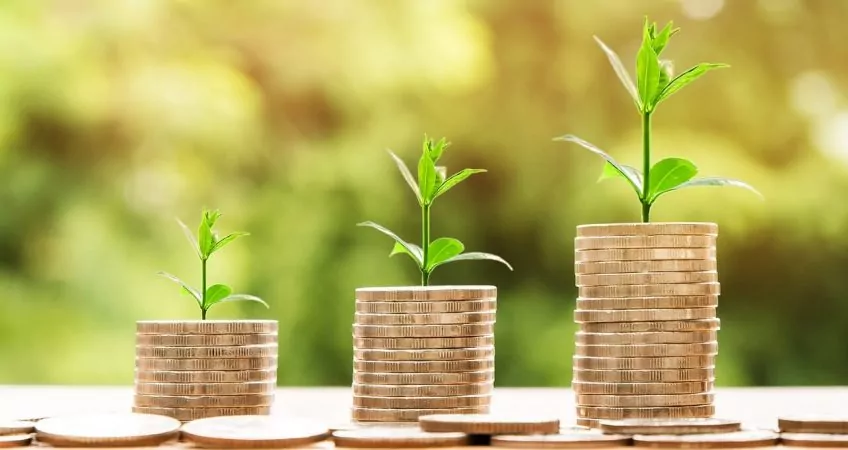
Agricultural Property Investing: Scouting For Steady Yields
Here’s Where My Search For Reliable Yields Has Led Me…
Pre-2008, anyone who could read a property ad was getting into real estate investing and buying anything he could afford.
All those amateur investors helped to pump up the bubble and to distort markets all around the world. It’s hard to negotiate a reasonable price on a piece of property when some bozo inserts himself into the conversation to offer more than the asking price because he is certain the market will only go up.
Because that’s what property markets do, right? They go up.
Until they don’t.
Post the 2008/2009 global property crisis, every seasoned real estate investor did what experienced people do; they got back to basics… returned to the fundamentals.
In the case of real estate investing, this means yields… and cash flow.
In the wake of the 2008/2009 crisis, decent rental yields were hard to come by in most markets. Even with falling prices, it was years in some cases before yields returned to a reasonable range of 5% to 8%.
That reality inspired me to begin looking for alternatives to conventional rental properties, which are the typical way for a property investor to generate cash flow.
That search led me to agriculture.
Agricultural property can generate consistent, steady yields. The downside historically has been that you had to buy a big piece of property to benefit from any economies of scale.
Buying a large operating farm could mean investing US$500,000 in some markets, but you’re looking at a minimum buy of millions of dollars in many cases. Buying land to convert to a productive farm costs less up front, but putting the farm infrastructure in place pushes up your capital requirement significantly.
Either way you sliced it, the small investor, it seemed, didn’t have many options for generating a return from agriculture.
Eventually my search led me to developers who were packaging their farms, some start-ups and others already producing, for participation by small investors.
The trouble, I found, is that most agricultural opportunities are investments in shares of a company rather than the purchase of the productive asset. I want to own the productive asset. That gives the investor some security against complete failure of the farm or project.
If you own shares, even if the company selling you the shares owns the land, your investment could disappear altogether.
Over the past eight years that agricultural investing has become a primary focus for me, I have identified many opportunities that allow the investor to purchase the productive asset. This month, my team and I present some of the best current options that fit this criteria.
My scouts and I continue to look for new opportunities in agriculture and will present them as we find them… and they pass due diligence.
Meanwhile, the projects featured this month continue to meet all our criteria for diversifying into agricultural opportunities.
If you haven’t done that yet, you should do it now.
The current issue of my Global Property Advisor intelligence service includes six top recommendations. If you’re a subscriber, you should have received this important issue last week.
If you’re not yet a subscriber, what in the world are you waiting for? Get on board here now.
Lief Simon



